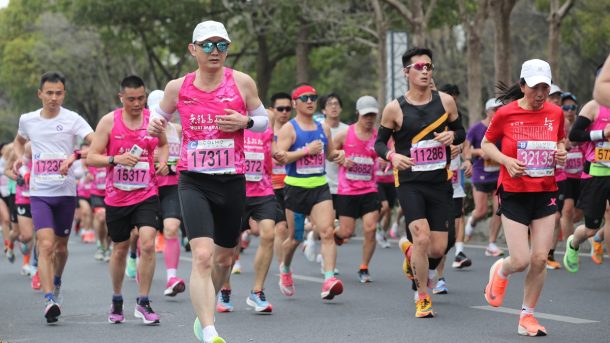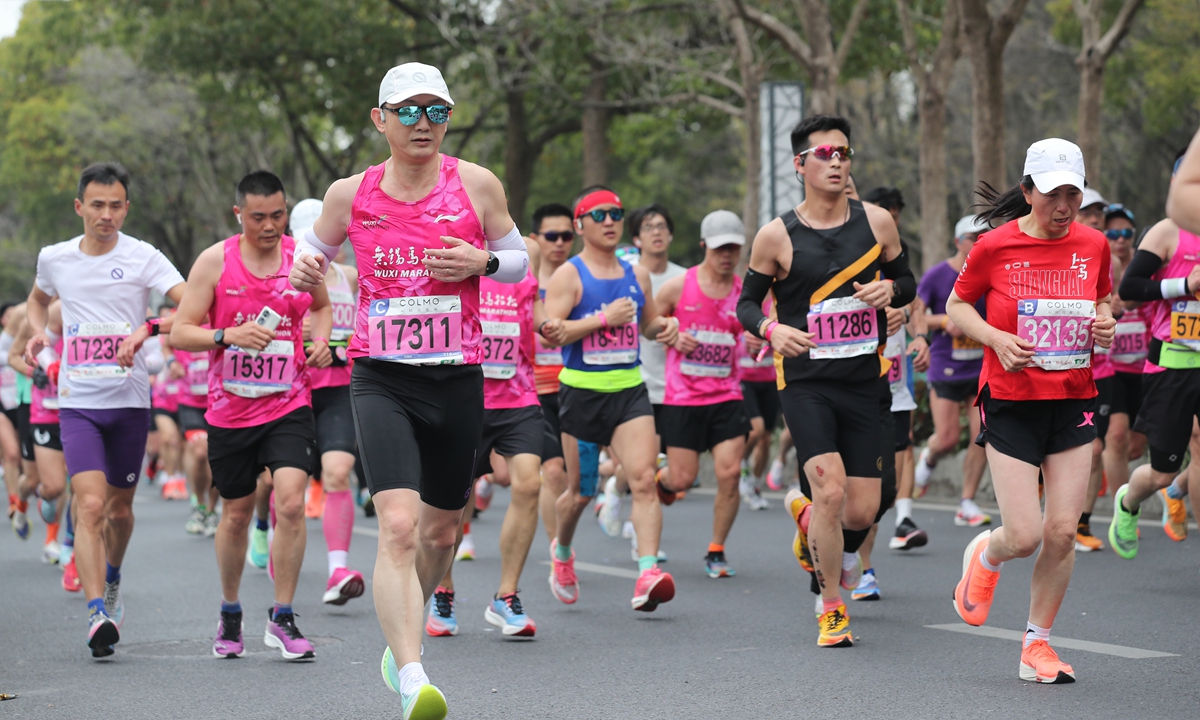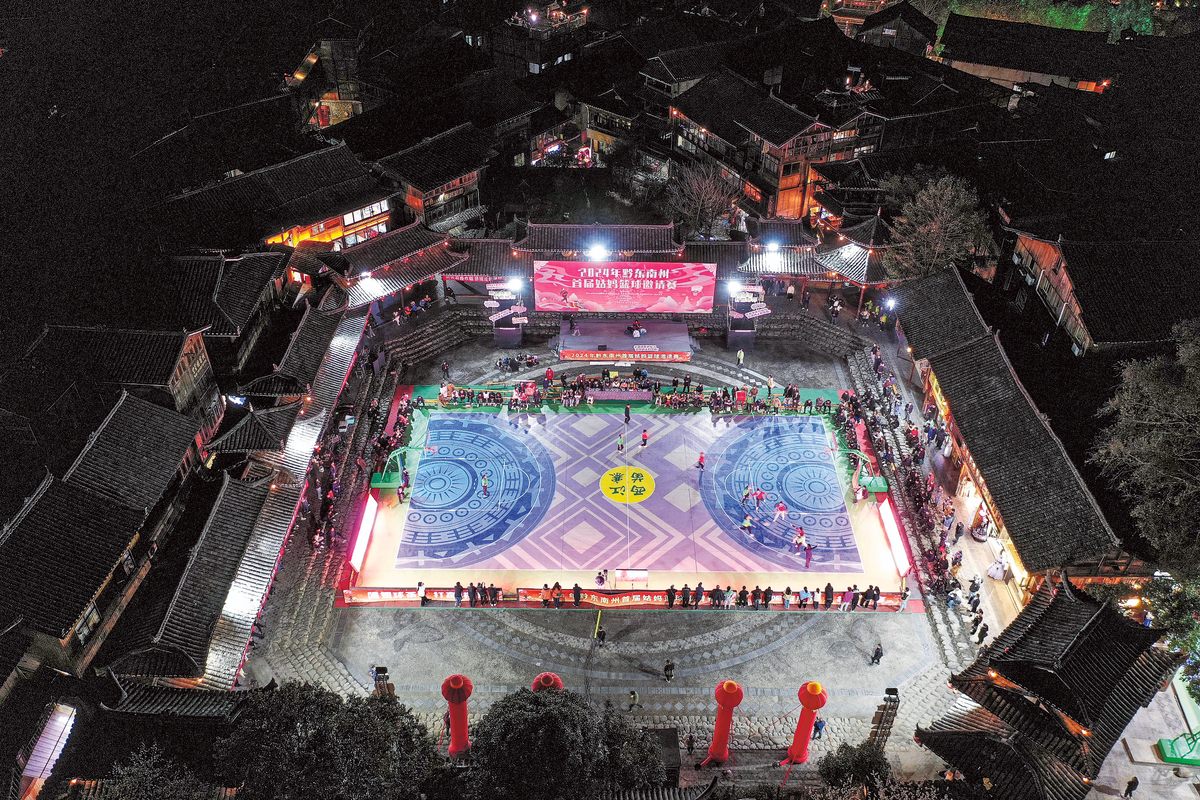
The beautiful view of Belgrade, Serbia Photo: VCG
A number of cultural events are being held in Beijing and Belgrade to strengthen mutual understanding and cooperation between China and Serbia amid Chinese President Xi Jinping’s arrival in Belgrade on Tuesday for a state visit to Serbia.
Jointly hosted by the China Media Group (CMG) and Radio Television of Serbia (RTS), an event named “What Mountains and Rivers Divide, Friendships Unite” was held in Belgrade on Tuesday to promote cultural exchanges between the two countries.
“China is the only country in the world with a fixed documentary broadcasting time slot on RTS,” said Dragan Bujošević, general manager of RTS, at the event.
Several documentaries co-produced with its Chinese counterpart were aired during the recent Chinese Image screening event in Serbia, becoming another successful example of media cooperation between Serbia and China, said Bujošević, adding that the two sides will deepen cooperation in the future, producing more outstanding works together, and showcasing the flourishing friendship between the two countries to the world.
Since the China Image screening was launched in Belgrade on April 25, a dozen CMG-produced films and TV shows have been aired on RTS, showcasing the vitality of China in the new era and telling stories of China-Serbia friendship to local audiences.
Li Ming, the Chinese Ambassador to Serbia, said in a video speech that recent years have seen profound exchange and cooperation between the two countries in the humanities, deepening the mutual understanding and admiration of each other’s culture. The screenings serve as a fresh link, fostering stronger connections between the two peoples.
CMG also signed a memorandum of cooperation with the Tourism Organization of Serbia. Both parties will collaborate on joint program production, planning and promotion of events, to facilitate the widespread dissemination of tourism culture between the two countries.
Moreover, a Serbian animated film screening event was recently held at the Cultural Center of Serbia in Beijing.
Curated by the PI School of Animated Film based in Vranje, Serbia, the event featured 10 animated short films created with puppets, clay, collages and other children’s toys.
Jasmina Stojanovic, principal and director of the school, said that they brought these various animated films with different themes and styles to China, seeking to engage in exchanges with the Chinese counterparts and audiences.
Cultural and artistic exchanges have strengthened the bond between the two countries. The event provides an opportunity to share Serbian narratives with Chinese audiences, fostering deeper mutual understanding between the peoples of both countries, said Stojanovic.




 An aerial photo shows the venue of the first Guizhou Qiandongnan Prefecture Auntie Basketball Invitational Tournament in Leishan county, Guizhou province, on March 8. YANG WENBIN/XINHUA
An aerial photo shows the venue of the first Guizhou Qiandongnan Prefecture Auntie Basketball Invitational Tournament in Leishan county, Guizhou province, on March 8. YANG WENBIN/XINHUA